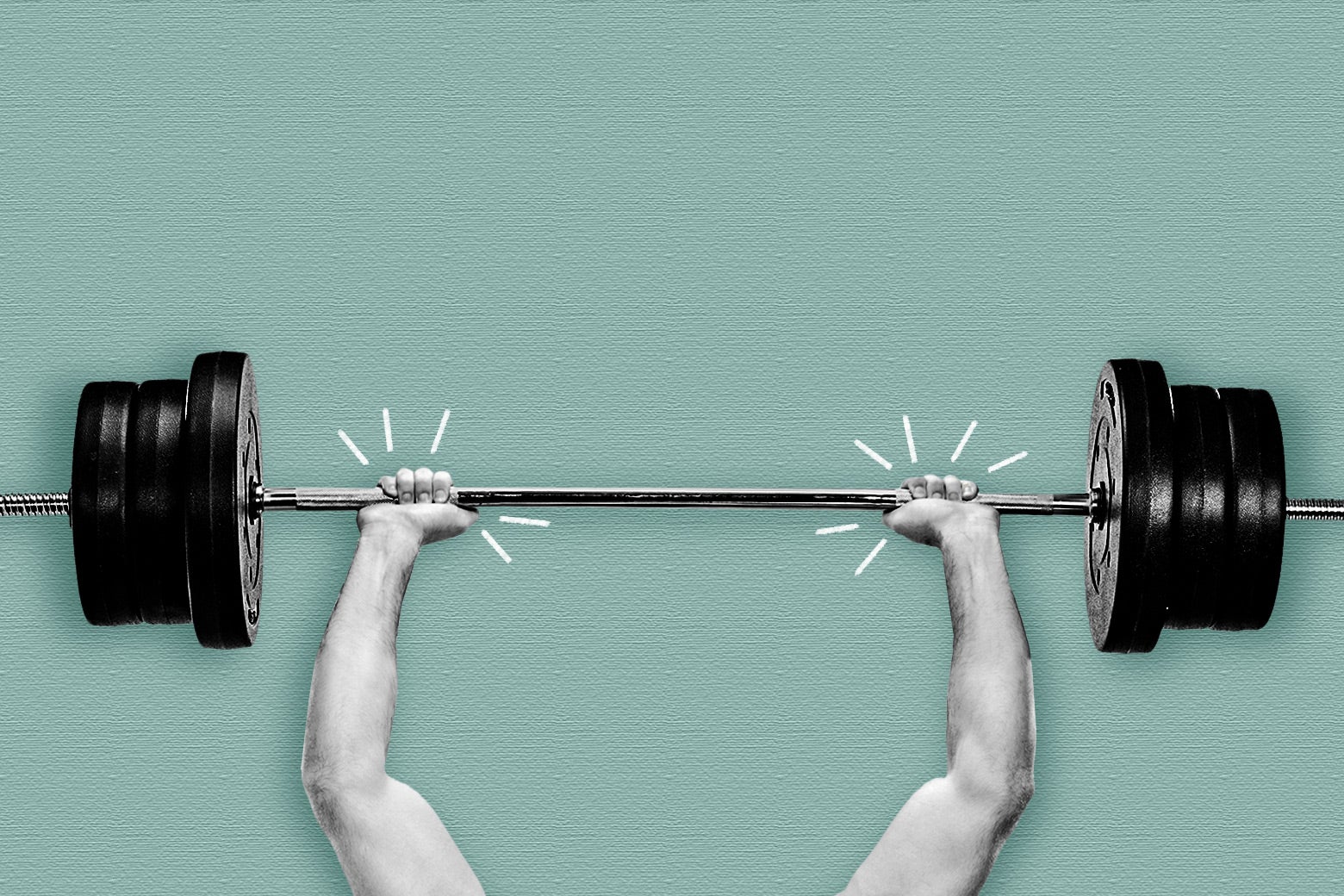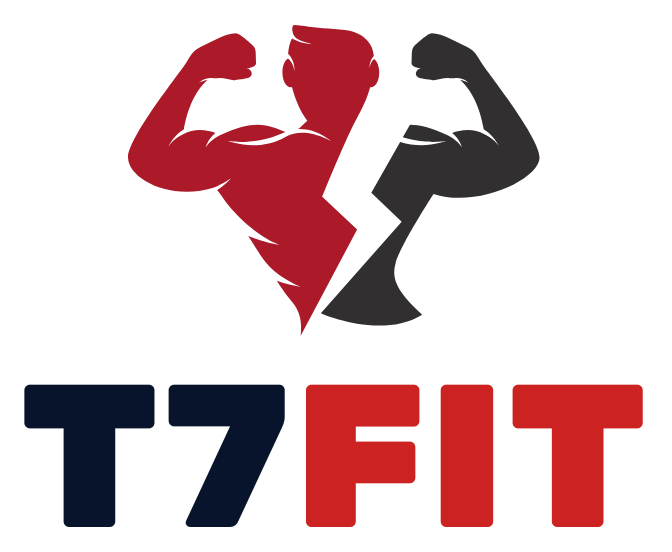A weight lifting bar is essential equipment for strength training exercises. It supports various weighted plates for muscle development and powerlifting.
Weight lifting bars come in different types and sizes, each tailored to specific workouts and lifting styles. The standard Olympic bar, commonly found in gyms, typically measures around 7 feet and weighs 20 kilograms, designed to accommodate heavy lifts with its 2-inch sleeve diameter for Olympic weights.
For those focusing on bodybuilding or home fitness, an EZ curl bar with its angled grip can be preferable, offering ergonomic hand positions for bicep and tricep exercises. The choice of a weight lifting bar impacts your grip, lifting technique, and overall workout effectiveness, making it fundamental to understand your fitness goals before making a purchase. Ensuring that the bar is made of high-quality steel and has a suitable weight capacity are critical for safety and performance.
The Basics Of Weight Lifting Bars
Weight lifting bars are a staple in any gym. They come in different types for various workouts. Knowing the basics helps choose the right one. Each bar serves a specific purpose. They can handle different weights. A good bar can change a workout. Let’s explore the components and varieties of weight lifting bars.
Components Of A Standard Barbell
A standard barbell comes with several key parts:
- Shaft: The long, straight metal part you hold.
- Knurling: The crosshatched grip areas on the shaft.
- Sleeves: The ends where you load the weights.
- Collars: Devices that keep weights in place on the sleeves.
- Bearings or Bushings: They help the sleeves spin smoothly.
Varieties: Olympic, Powerlifting, And Specialty Bars
Barbells vary depending on their use. Here are the main types:
- Olympic Bars
- – They are about 7 feet long and weigh 20kg. For Olympic weightlifting.
- Powerlifting Bars
- – They are stiff and have less whip. For heavy lifts like squats.
- Specialty Bars
- – They include EZ-curl bars and trap bars. They help target specific muscles.

Credit: www.amazon.com
Grip Techniques For Maximum Efficiency
Mastering grip techniques can make a huge difference in weightlifting efficiency and safety. Whether you’re a seasoned athlete or just starting out, knowing the best way to hold a weightlifting bar can amplify your workouts. Let’s explore two popular grips and how to strengthen your grip for maximum lifting prowess.
Hook Grip Versus Mixed Grip
Choosing the right grip is vital for power and control. The hook grip is known for its ability to prevent the bar from rolling in your hands. To perform this grip, wrap your fingers around the bar and then your thumb, securing it with your index and middle fingers. The hook grip is a favorite among Olympic lifters for its security during dynamic lifts.
In contrast, the mixed grip involves one palm facing up and the other down. It’s a common choice for deadlifts because it balances the bar’s tendency to roll. Here’s a comparison:
| Hook Grip | Mixed Grip |
|---|---|
| Secure thumb lock | One palm up, one down |
| Used in Olympic lifts | Prevents bar roll in deadlifts |
| Enhances grip stability | Increases weight distribution |
Improving Grip Strength
Strong hands are a bedrock for successful lifts. To improve grip strength, include specific exercises in your routine:
- Farmers walks: Simply hold heavy dumbbells and walk for distance or time.
- Dead hangs: Hang from a pull-up bar and hold as long as possible.
- Wrist curls: Use light weights to work your wrist flexors and extensors.
- Grip squeezes: Use a grip strengthener to build hand strength.
Consistently practicing these exercises will lead to a notably stronger grip which translates to better performance and reduced risk of injury during weight lifting.
Essential Gear For Lifting Safely
Lifting weights is a power-packed activity that boosts strength and muscle tone. Yet, without the right gear, it’s like driving without a seatbelt. Safe weight lifting demands high-quality equipment. This ensures you’re well-equipped to handle the heaviest of weights with confidence and reduce injury risk.
Weightlifting Gloves And Straps
Gloves and straps shield your hands and enhance your grip. A slippery barbell is not just a nuisance; it can be dangerous. Here’s why you need these:
- Protect hands: No more calluses or blisters.
- Improve grip: Lift heavier without the slip.
- Wrist support: Straps provide extra stability.
Belts, Shoes, And Knee Sleeves
Lifting belts, specialized shoes, and knee sleeves form the trinity of heavy lifting gear. Each serves a unique role:
| Equipment | Benefit |
|---|---|
| Belts | Support your lower back during heavy lifts. |
| Shoes | Ground your stance with a solid base. |
| Knee Sleeves | Protect and stabilize your knee joints. |
With these pieces in place, your lifting routine will not only be safer but also more effective. Embrace the confidence that comes with being properly geared up!
Maintenance And Care Of Your Barbell
Keep your weight lifting bar performing at its best through proper maintenance. Regular care prevents rust, wear, and ensures safety. Learn how to clean, store, and know when to replace your barbell.
Cleaning And Storage Tips
A clean barbell is a lasting one. Sweat and dust can cause corrosion. Follow these simple cleaning tips:
- Wipe down your bar after every session with a dry cloth.
- Use a soft-bristle brush for chalk and grime removal.
- Apply a light oil coating every few months to protect against rust.
Proper storage is equally important:
- Store your bar horizontally on a rack to prevent bending.
- Avoid damp areas to reduce rust risk.
- Don’t leave weights on your bar when not in use.
When To Replace Your Equipment
A well-maintained bar lasts longer but isn’t immortal. Recognize replacement signs for safety and performance:
- Deep rust that can’t be cleaned is a red flag.
- Straightness test: Roll your bar on the ground to check for bends.
- Inspect for signs of metal fatigue or cracks.
Replace your barbell if it fails these checks. Stay safe and lift on!
Achieving Gains With The Right Bar
Choosing the ideal weight lifting bar can transform your workout. It’s not just about the weight you lift, but how you lift it. This crucial piece of gym equipment comes in various shapes and sizes. Each is designed to help you reach your strength goals. Let’s explore the key factors in picking the optimal bar for your gains.
Selecting The Weight And Bar Type
Weight selection and bar type are pivotal in a successful lifting journey. A diverse range ensures progression and minimizes injury risk.
- Olympic bars – Ideal for squats, deadlifts, and presses.
- Standard bars – Great for beginners to build technique.
- Specialty bars – Enhance specific movements like bicep curls.
Start with a weight that allows perfect form and control. Incrementally increasing weight promotes muscle growth.
Progression In Weightlifting Routine
A steady increase in lifting weight is key. It challenges muscles and encourages development.
| Week | Weight | Reps |
|---|---|---|
| 1-2 | Light | 12-15 |
| 3-4 | Moderate | 8-12 |
| 5-6 | Heavy | 4-6 |
Record your progress. This helps plan future workouts.
:max_bytes(150000):strip_icc()/how-to-increase-grip-strength-for-weightlifting-5187280-Text-Still-Final-7dac33ec18f74b74b87e22e3082696fc.png)
Credit: www.verywellfit.com

Credit: slate.com
Frequently Asked Questions Of Weight Lifting Bar
What Is The Standard Weight Lifting Bar Length?
The standard weight lifting bar, also known as an Olympic barbell, typically measures around 7. 2 feet long (2. 2 meters). This allows for ample space to grip and load weight plates, ensuring a balanced workout.
How Much Does An Olympic Weight Bar Weigh?
An Olympic weight bar usually weighs 20 kilograms (44 pounds). The precise weight can vary by manufacturer and the bar’s material, but this is the accepted standard for competitive lifting.
Can Weight Lifting Bars Bend During Use?
Quality weight lifting bars can flex under heavy loads but should not permanently bend. Bars are designed to withstand considerable weight, often up to 1500 pounds or more, but have a threshold that, when exceeded, may result in bending.
What Are The Types Of Weight Lifting Bars?
Common types of weight lifting bars include Olympic bars, powerlifting bars, EZ curl bars, and women’s bars. Each type is tailored to specific lifts or user needs, such as grip width, bar flexibility, and weight capacity.
Conclusion
Empowering your fitness journey starts with the right equipment. The weight lifting bar stands as a pivotal tool for muscle growth and strength. By understanding its types and uses, you’ve equipped yourself for better, safer workouts. Unlock your body’s potential and elevate your training sessions with a bar that fits your goals perfectly.
Step up to the rack with confidence and lift towards your best self.
